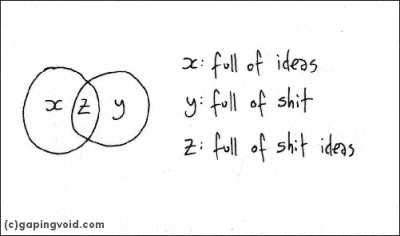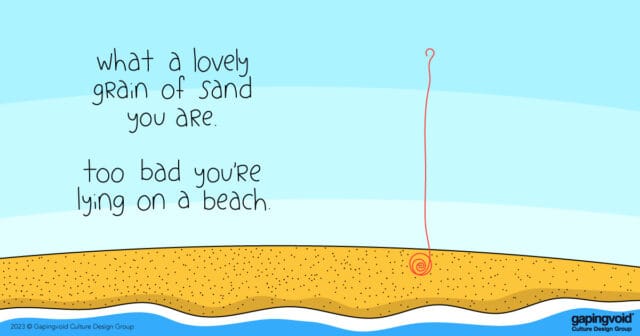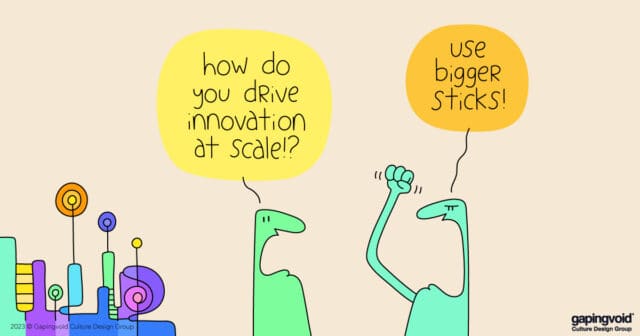
Back in the mid-90s, when the Internet was still the size of a tadpole and TV was still the Big Kahuna, I was working in a large advertising agency that had many big, blue-chip clients.
We were given a brief to work on, a well-known laundry detergent.
All the other teams went away and came back with ideas for big-production TV commercials. Except me.
I had this idea about using GoCards, those free advertising postcards I started seeing around in all the trendy bars at the time.
It wasn’t rocket science. For pennies on the dollar, I reckoned you could try out a lot of different ideas- dozens of them, literally- and from tallying which cards were being picked up by people and which ones weren’t, you could could easily measure which ideas were working or not. Not unlike today’s Internet, the same way you can tell which blog posts of yours are working from the number of retweets they get. Stuff we all take for granted now.
Secondly, because the client was a laundry detergent, you’d really have to push the envelope to get people’s attention inside these trendy bars. It would force you to work your ideas faster, cheaper, better and harder. It would push you, it would push the client and the brand.
If any the ideas took off, I mean, REALLY took off, then you’d have enough info to go on to scale up the campaign into bigger media- TV, large magazines and whatnot.
Unlike most ad campaigns out there at the time, you’d would already have enough information to know that the campaign- the idea- was WAS ALREADY WORKING BEFORE your dear client had spent any real money.
It was cheap, it was disruptive, and… it was accountable.
The suits didn’t like the idea. My boss didn’t like it, either. Even my art director was a bit grumbly and doubtful. The idea never left the building. The client never saw it. The idea was killed in the first round.
The agency’s perspective was, they didn’t earn its money from “little” ideas. The agency earned its money for “BIG” ideas…. ones that cost lots of money and needed “a cast of thousands” etc. Superbowl ads and whatnot.
They had forgotten that all big ideas start life out as small ideas.
Make of this what you will.



